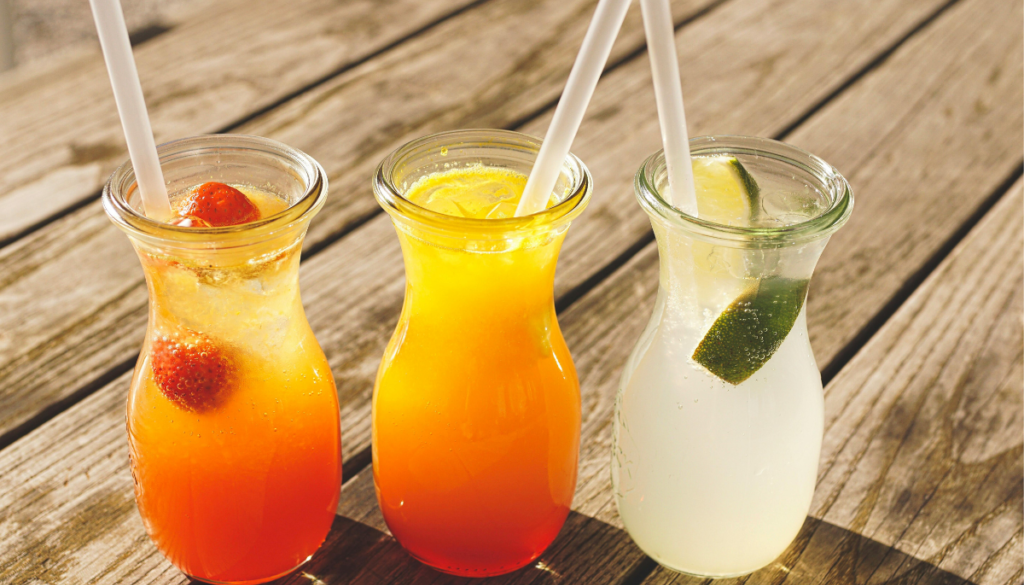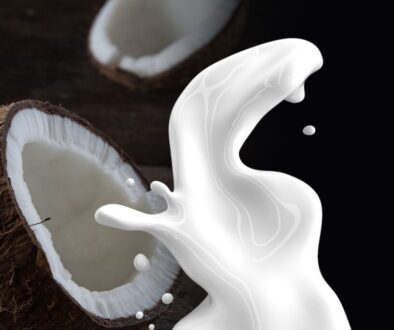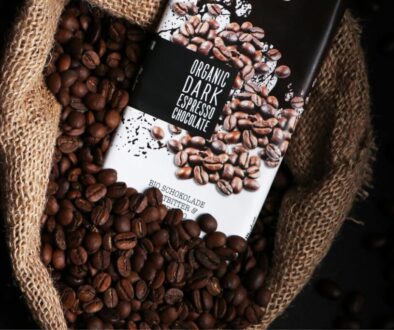Straws-Paper or Plastic?
Photo by Susunne Jutzelev

This paper was written with the sole intention of informing consumers about the products they may currently be buying. Hopefully, with enough demand from consumers, industries will supply safer and more sustainable products.
In recent years, there has been an increasing awareness of the environmental problems in the oceans caused by plastic, particularly plastic straws. Plastic straws take up to 1000 years to decompose (Dey, S., Veerendra, G., Babu, A., and Manoj, P. 2023). In that timeframe, it can cause the demise of generations of marine life through ingestion and suffocation. Additionally, toxic chemicals get released into the atmosphere whenever straws are produced. Which can cause serious health problems in people (Sharma, S., Sharma, V., and Chatterjee, S. 2023 ). On the surface, this is an easy problem to solve. People could simply stop using plastic straws. However, on closer inspection, there are a few obstacles that currently make this feat hard to achieve.
Historically, straws have been in use since at least 3000 BC (Mosquera, M. 2019). There is a picture on a Sumerian tomb of two men drinking beer (M. Homan, 2004). These straws were made of gold. Drinking beer was a more expensive pastime back then than it is today. Straws became popular in the Western world in the 1800s. These ryegrass straws were cheaper to produce than those created from gold. However, they have the disadvantage of changing the flavor and deteriorating in the drink.
🐢 HISTORY OF PAPER STRAWS 🪸
Paper straws were invented in 1888 and used until the 1960s ( Lindstrom, K. and Stahl, A. 2023.). They are biodegradable, do change the flavor, and usually do not dissolve in the drink. However, after 30 minutes paper tends to lose its shape and the drinking material sticks to it (Lindstrom, K. and Stahl, A. 2023). In the 1960s, plastic straws were invented (K. Shivanna). They kept their shape and were inert. They became an instant success. As a result, 500 million plastic straws thrown in the garbage daily in 2017 (Mosquera, M. 2019). Across the world, 8 million tons of plastic enter the ocean every year (D. Cressey 2016).
In 2017, a video of a sea turtle with a plastic straw in its nose went viral (Agrawal, D. and Bashashati, A. 2024). This type of pollution has been interfering with underwater ecosystems by killing coral reefs and the animals that depend on them to survive since the 1960s. However, it took the 2017 turtle video to make the general public aware of the scope of the problem.
🧉 PAPER STRAWS GROWING POPULARITY 🧋
In the last three years, there has been a growing awareness of the problems caused by plastic straws. Resulting in a return to paper straws. Over 100 chain restaurants across the United States have agreed not to use plastic straws. Entire cities like Malibu and Monmouth Beach have outlawed plastic straws altogether (M. Mosquera 2019). In July 2020, Vermont banned all plastic straws in restaurants (E. Belarmino et al. 2023). Some of them are using paper or hay instead. These options are more expensive and lose integrity in a relatively short time.
Alternatives to using plastic or paper as straw material include glass, stainless steel, silicon, bamboo, paper, hay and grass, all of which are more expensive than plastic and some even slowly lose their shape in water (Qui, N., Sha, M. and Xu, X). Glass has the added disadvantage of being dangerous if broken. However, they are all better for the environment than plastics. For more information about sustainable options for your home or business, read The Dish Ran Away With The Spoon, A Tale of Two Papers, and/or Oh Coffee, My Coffee.
🚫 ALTERNATIVES TO STRAWS 🧃
Another solution might be to stop using straws altogether. However, some people have disabilities and cannot drink any other way (I. Caverly 2019). They simply cannot use any other type of straw than plastic. For this reason, there will always be some plastic straws discarded all over the world.
Currently, there is research being done to create a biodegradable straw that does not lose its integrity or change the flavor of the drink (A. Jonsson et al. 2021). In the meantime it might be wise to buy an environmentally friendly reusable straw that does not lose its shape (ie stainless steel, silicon, or glass) and use it when you go out to eat. The ocean, air, and soil will contain less pollution.This will help everyone breathe and sleep more easily. It is a small step that will make a large difference to the earth and everything that depends on it.



